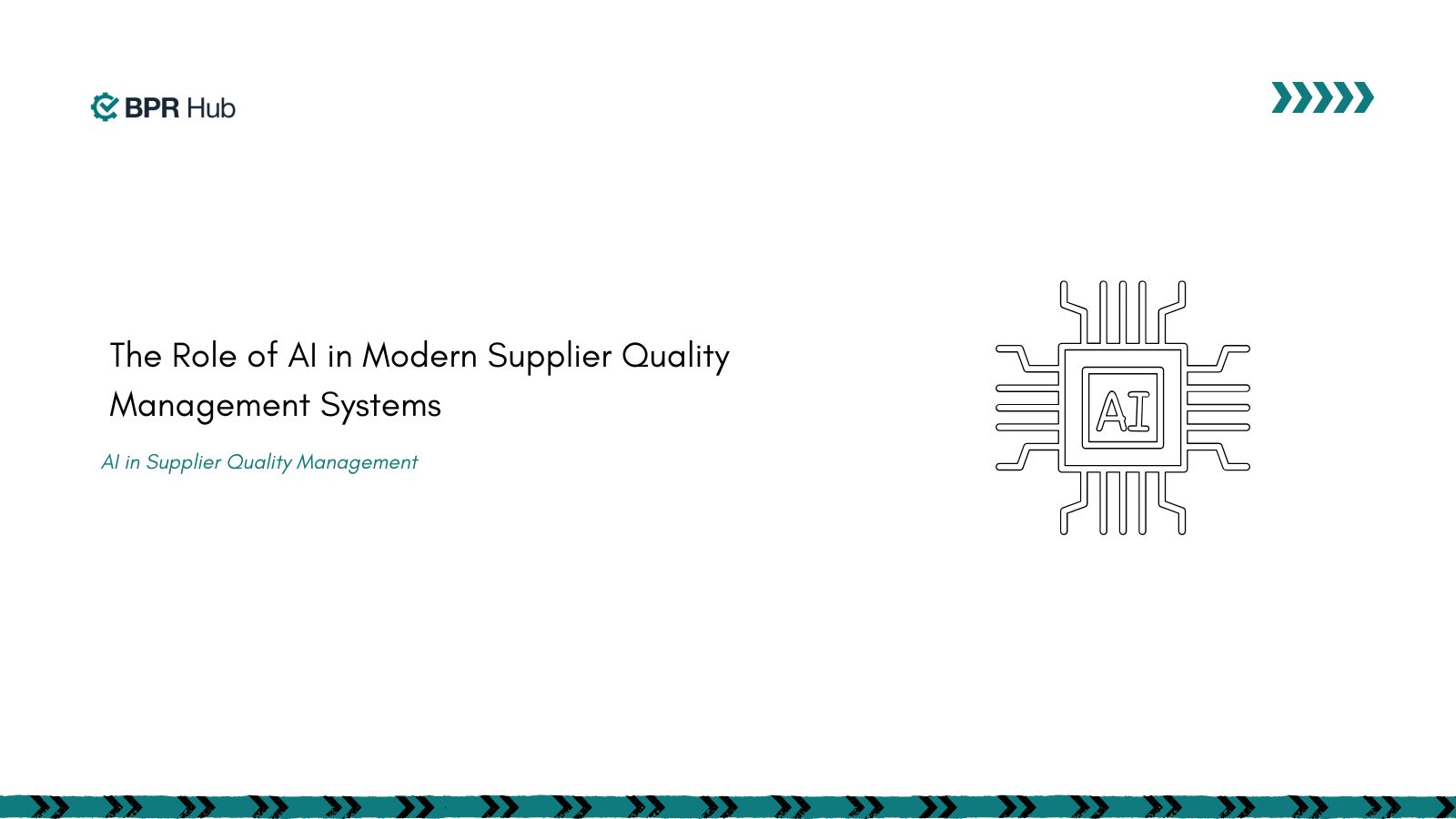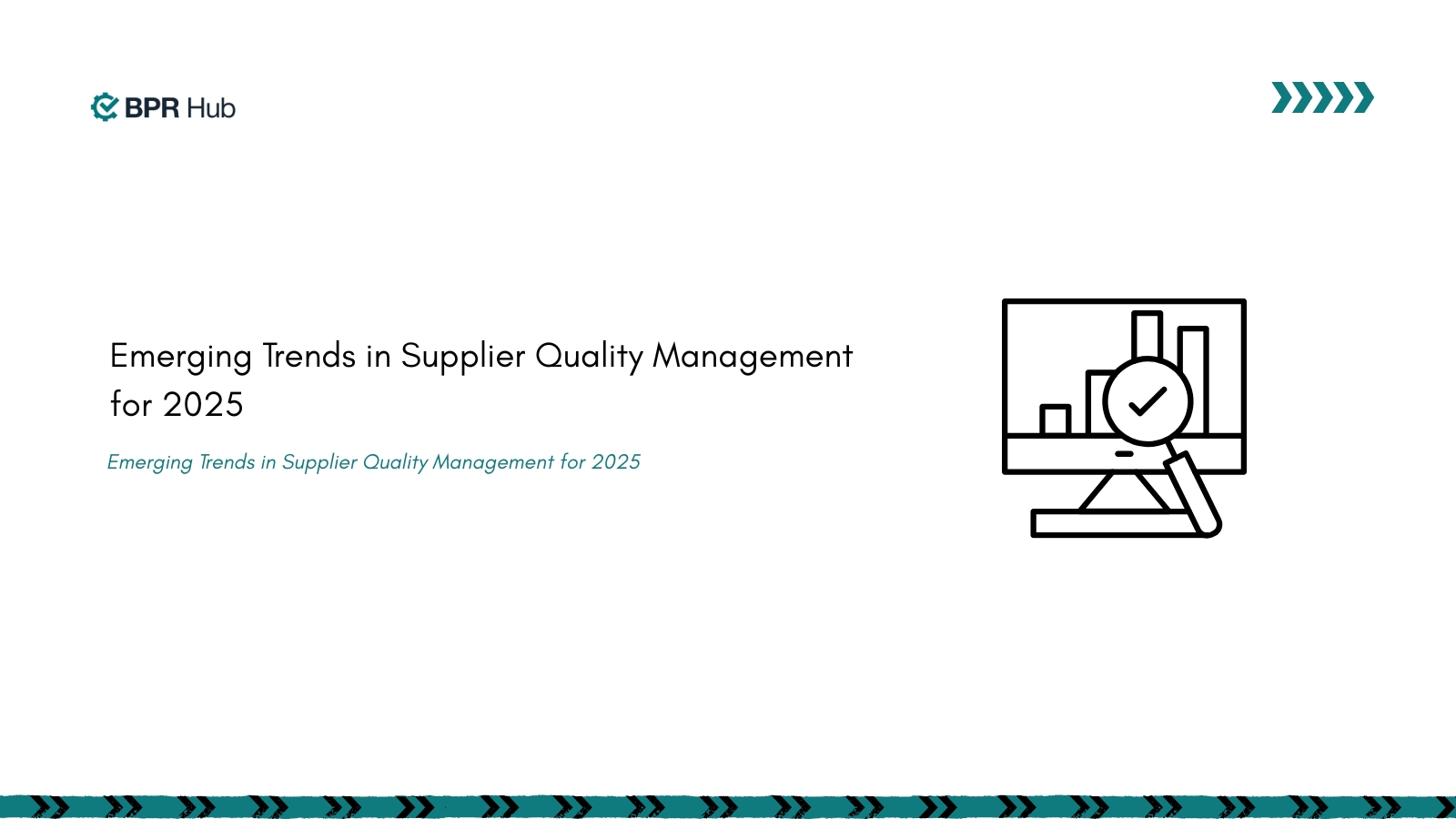A recent study evaluating the effectiveness of ISO 9001:2015 revealed that the planning clause scored 84%, highlighting a gap in consistently following established work procedures. This suggests that the actual outcomes of the Quality Management System (QMS) often do not align with the intended goals.
This gap underscores the importance of ISO 9001 management of change in driving continuous improvement. By applying a structured approach, ISO 9001 management of change ensures that modifications are planned, reviewed, and controlled to maintain product quality, compliance, and customer satisfaction.
In this blog, we will explore the key clauses of ISO 9001:2015 related to change management, providing actionable insights and steps to help you effectively implement these processes in your organization.
What is ISO 9001 Management of Change?
ISO 9001:2015 Change Management refers to a structured approach for managing changes within a Quality Management System (QMS). It ensures changes are planned, reviewed, and controlled to maintain product quality, compliance, and customer satisfaction while minimizing risks and ensuring continuous improvement across processes and services.
In this section, we’ll dive into the key clauses within ISO 9001:2015 that specifically address change of management and explore how these clauses guide organizations in managing change effectively.
1. Clause 6.3: Planning of Changes
Clause 6.3 emphasizes a systematic, well-planned approach to QMS changes. Organizations must assess the potential impact of changes before implementation to mitigate risks.
Key Considerations:
- Purpose of the Change: Clearly define the reason for the change—whether it's solving a problem, seizing an opportunity, or meeting regulatory requirements.
- Potential Consequences: Evaluate risks, including the possibility of non-conformance or failure to meet customer expectations.
- Resource Availability: Ensure adequate resources (time, personnel, capital) are available to implement changes effectively.
- Accountability and Responsibility: Designate responsible parties to ensure proper implementation and monitoring.
2. Clause 8.1: Operational Planning and Control
Once changes are planned, Clause 8.1 requires organizations to manage and control their implementation while also addressing unintended changes promptly.
Key Requirements:
- Control of Planned Changes: Ensure all changes are executed systematically with oversight and tracking.
- Reviewing Unintended Changes: Address unexpected changes quickly to assess their impact on the QMS and take corrective actions as necessary.
- Mitigating Adverse Effects: Act swiftly to minimize any adverse effects of planned or unintended changes on product/service quality.
3. Clause 8.3.6: Design and Development Changes
In design and development, managing changes is critical to ensuring product conformity.
Key Focus:
- Reviewing Changes: Assess the impact of changes in product design or development on quality, safety, and compliance.
- Controlling Changes: After review, implement actions to ensure product conformity is not compromised.
- Preventing Non-Conformance: Ensure that changes do not lead to non-conformance, keeping products in line with specifications and regulations.
Ensure your changes align with specifications and regulations with BPRHub's Standard Hub- a centralized platform that manages multiple standards and ensures compliance.
4. Clause 8.5.6: Control of Changes
Changes in production or service processes must be thoroughly reviewed and controlled to ensure ongoing conformity.
Key Requirements:
- Review of Changes: Evaluate the impact of any process change on product/service quality.
- Ensuring Conformity: Verify that changes maintain product/service conformity with requirements.
- Documentation and Traceability: Maintain clear records to trace changes if needed.
Simplify documentation and ensure complete traceability with BPRHub's Document Hub—your centralized solution for effortless record management.
5. Additional Considerations in ISO 9001:2015 Change Management
ISO 9001:2015 also includes other factors that support effective change management:
- Roles and Responsibilities: Clearly define roles to ensure accountability for managing changes.
- Management Reviews: Regularly assess the effectiveness of the QMS and ensure changes align with organizational objectives.
- Changes to Product/Service Requirements: Ensure that changes meet customer needs and regulatory standards.
Now that you have explored the key ISO 9001 clauses that guide change management let's learn the essential steps you can take to implement ISO 9001 management of change in your organization effectively.
Steps to Implement ISO 9001 Management Change
Implementing ISO 9001 management of change is straightforward when you follow these clear steps.
Step 1: Identify and Plan the Change
Start by identifying the need for change—whether it’s due to customer feedback, audit findings, or industry updates. Clearly define the reason for the change to ensure it addresses the right issue.
Then, plan the change systematically by considering risks, required resources, and the impact on your QMS. Define clear objectives, ensure the change aligns with organizational goals, and assign roles and responsibilities for accountability.
Step 2: Design and Communicate the Plan
Once the change is planned, design a clear execution plan. Ensure it includes the necessary resources, timelines, and responsibilities. Communicate the plan to all relevant stakeholders, ensuring that everyone understands the scope, objectives, and their role in the process. This helps prevent confusion and ensures alignment across the organization.
Step 3: Train Your Team
Equip your team with the knowledge and skills required to implement the change effectively. Provide training to ensure that everyone understands the new processes, procedures, or tools that will be introduced. This step is essential for smooth implementation and avoiding resistance.
Step 4: Implement the Change
With a clear plan and trained team, execute the change. Ensure all actions are tracked and monitored to maintain consistency with the initial objectives. Clear communication throughout the process is key to successful implementation.
Step 5: Review and Monitor
After the change is implemented, continuously monitor its impact. Review key performance indicators to ensure the change is achieving the desired results. If any issues arise, take corrective actions promptly to maintain QMS effectiveness.
By following these steps, you can ensure a smooth ISO 9001 management of the change process. To further enhance your efforts and ensure seamless implementation, BPRHub offers an ideal solution to manage and track changes efficiently.
Manage Change with Confidence Using BPRHub
Implementing ISO 9001 management of change can seem challenging, but with the right tools and approach, your organization can ensure a smooth transition while maintaining product quality, compliance, and continuous improvement.
A powerful solution to streamline this process is BPRHub, a cloud-based compliance management platform designed to simplify ISO 9001 management of change.
With its real-time analytics, workflow automation, and ISO certification support, BPRHub ensures that your change management efforts are aligned with ISO standards while driving operational efficiency. Whether you're navigating changes within your Quality Management System or addressing complex operational shifts, BPRHub offers a centralized platform to track and control all changes.
Get a free consultation with BPRHub to streamline your ISO 9001 management of change.
FAQ’s
1. What is the ISO change management policy?
Ans: The ISO change management policy ensures that all changes within a Quality Management System (QMS) are systematically planned, evaluated, and controlled. It aims to maintain product quality compliance, minimize risks, and support continuous improvement across processes and services.
2.How does BPRHub assist in ISO 9001 change management?
Ans: BPRHub simplifies ISO 9001 management of change by providing real-time analytics, workflow automation, and compliance tracking to ensure seamless implementation and ongoing improvement.
3.What are the key steps to implement ISO 9001 management of change?
Ans: Identify the need for change, plan and communicate the change, train employees, implement the change, and monitor its effectiveness to ensure continuous improvement and alignment with objectives.
4.What are the four elements required by ISO for change management?
Ans: The four elements are planning changes, controlling changes, reviewing unintended changes, and maintaining documentation and traceability for all modifications to ensure compliance and minimize risks.
5.What is ISO 9001:2015 certification?
Ans: ISO 9001:2015 certification is an internationally recognized standard for Quality Management Systems (QMS). It ensures that an organization consistently provides products and services that meet customer requirements and comply with applicable regulations, focusing on continuous improvement and customer satisfaction.
Get insights that help you minimize risks and maximize profits.
Dive deeper into manufacturing compliance with our free resources.
We get it, compliance can get tough.
Here are some additional resources to help.
We get it, compliance can get tough. Here are some additional resources to help.
Get updates in your inbox

.svg)
%20(1).svg)


.jpg)


%20(1).svg)

.avif)

